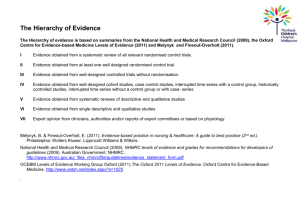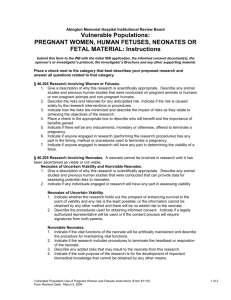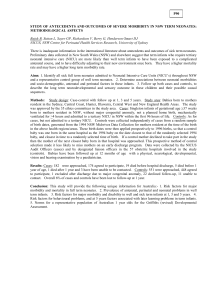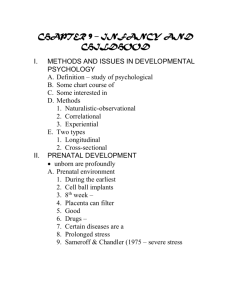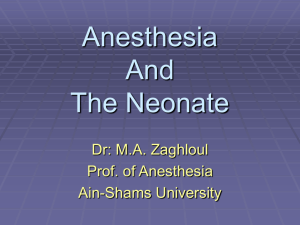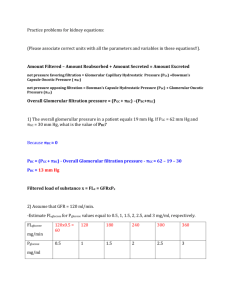PAEDIATRIC PHARMACOTHERAPY
advertisement
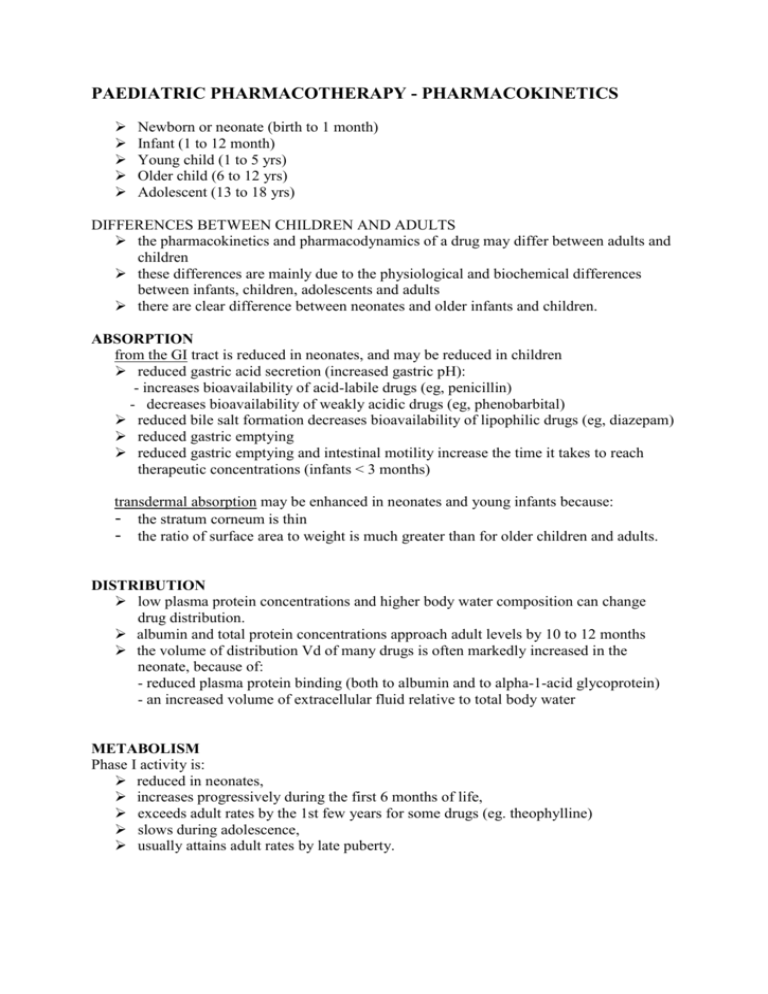
PAEDIATRIC PHARMACOTHERAPY - PHARMACOKINETICS Newborn or neonate (birth to 1 month) Infant (1 to 12 month) Young child (1 to 5 yrs) Older child (6 to 12 yrs) Adolescent (13 to 18 yrs) DIFFERENCES BETWEEN CHILDREN AND ADULTS the pharmacokinetics and pharmacodynamics of a drug may differ between adults and children these differences are mainly due to the physiological and biochemical differences between infants, children, adolescents and adults there are clear difference between neonates and older infants and children. ABSORPTION from the GI tract is reduced in neonates, and may be reduced in children reduced gastric acid secretion (increased gastric pH): - increases bioavailability of acid-labile drugs (eg, penicillin) - decreases bioavailability of weakly acidic drugs (eg, phenobarbital) reduced bile salt formation decreases bioavailability of lipophilic drugs (eg, diazepam) reduced gastric emptying reduced gastric emptying and intestinal motility increase the time it takes to reach therapeutic concentrations (infants < 3 months) transdermal absorption may be enhanced in neonates and young infants because: - the stratum corneum is thin - the ratio of surface area to weight is much greater than for older children and adults. DISTRIBUTION low plasma protein concentrations and higher body water composition can change drug distribution. albumin and total protein concentrations approach adult levels by 10 to 12 months the volume of distribution Vd of many drugs is often markedly increased in the neonate, because of: - reduced plasma protein binding (both to albumin and to alpha-1-acid glycoprotein) - an increased volume of extracellular fluid relative to total body water METABOLISM Phase I activity is: reduced in neonates, increases progressively during the first 6 months of life, exceeds adult rates by the 1st few years for some drugs (eg. theophylline) slows during adolescence, usually attains adult rates by late puberty. Phase II metabolism varies considerably by substrate maturation of enzymes responsible for bilirubin and acetaminophen conjugation is delayed. ELIMINATION Renal elimination plasma protein binding, renal blood flow, GFR, and tubular secretion are altered in the 1st 2 years of life renal plasma flow is: - low at birth (12 ml/min) - reaches adult levels of 140 ml/min by age 1 year glomerular filtration rate GFR is: - 2 to 4 ml/min at birth, - increases to 8 to 20 ml/min by 2 to 3 days, - reaches adult levels of 120 ml/min by 3 to 5 months DRUG DOSING because of the above factors, drug dosing in children < 12 yr is always a function of age, body weight, or both this approach is practical but not ideal; even within a population of similar age and weight, drug requirements may differ thus, when it’s possible, dose adjustments should be based on plasma drug concentration (therapeutic drug monitoring TDM)

